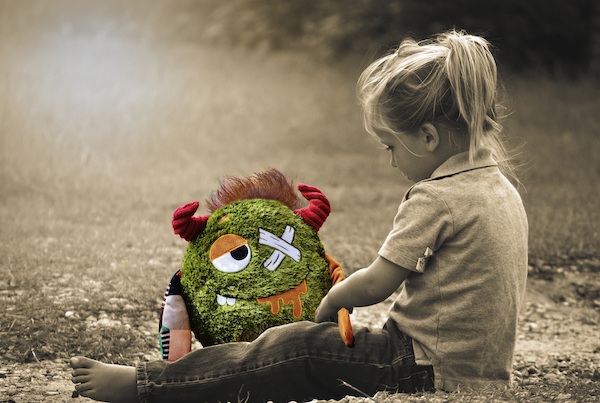 Child maltreatment includes all types of abuse and neglect of a child under age 18 by a parent, caregiver, or another person in a custodial role. There are four types of maltreatment: physical abuse, sexual abuse, emotional abuse, and neglect.
Child maltreatment includes all types of abuse and neglect of a child under age 18 by a parent, caregiver, or another person in a custodial role. There are four types of maltreatment: physical abuse, sexual abuse, emotional abuse, and neglect.
When children are maltreated, their health and well-being may be affected. Often, there are behavioral and psychological changes among children who are maltreated. Sudden changes in a child’s behavior, such as being fearful of certain places or people or acting in ways that are not normal, may occur in children who are maltreated.
Head Start staff can play an important role in helping to prevent child maltreatment by building on family strengths, supporting families under stress, and protecting children who are at risk.
This Brush Up on Oral Health tip sheet describes oral health signs of physical and sexual abuse. It also highlights resources available to Head Start staff to help them support families.
Oral Health Signs of Child Maltreatment
These are the oral health signs of children who are physically and sexually abused:
- Physical abuse. Oral injuries can result from a range of causes, from being hit to forced exposure to hot liquids or harsh chemicals. If physical abuse is suspected, oral health signs may include cuts in the mouth, loosened or broken teeth, and bruises or other injuries to the face.
- Sexual abuse. Oral injuries are a common result of sexual abuse, but these injuries are harder to identify than oral injuries from physical abuse. If sexual abuse is suspected, oral health signs may include unexplained soreness, redness, or bruising around the mouth and on the roof of the mouth toward the back of the child’s throat.
Resources for Head Start Staff
There are many resources to help Head Start staff learn more about working with families to prevent child maltreatment, recognize oral health signs of child maltreatment, and learn requirements for reporting suspected child maltreatment to the state child protection agency.
- The Administration for Children and Families’ (ACF) Prevention Resource Guide includes strategies to support community-based service providers in their efforts to prevent child maltreatment. The guide focuses on protective factors that build family strengths and promote optimal child development as well as social and emotional well-being.
- ACF's Child Welfare Information Gateway webpage provides resources on training on identification of child abuse and neglect. Resources include training curricula and other materials for frontline workers on identifying child maltreatment, including abuse among various ethnic groups and among children with developmental disabilities.
- ACF-IM-HS-15-04 Mandated Reporting of Child Abuse and Neglect identifies Head Start staff who are legally obligated to report suspected cases of child maltreatment. It also describes how to place a report and provides links to resources that protect children and promote healthy families.
- The Prevent Abuse and Neglect Through Dental Awareness (P.A.N.D.A.) educational program offers trainings in many states for dentists, dental hygienists, and other professionals (including Head Start staff) on how to recognize and report suspected maltreatment. Trained volunteers conduct most trainings, which are free or low cost. To see if P.A.N.D.A. trainings are available in your state, contact your state dental association.
- From the Centers for Disease Control and Prevention (CDC), Preventing Child Abuse and Neglect: A Technical Package for Policy, Norm, and Programmatic Activities offers strategies to prevent child maltreatment by promoting relationships and environments that help children grow up to be healthy and productive citizens. This resource includes CDC’s Essentials for Childhood Framework for preventing child maltreatment.
Download a PDF version to print and share.
Read more:
Resource Type: Article
National Centers: Health, Behavioral Health, and Safety
Audience: Teachers and Caregivers
Series: Brush Up on Oral Health (BUOH)
Last Updated: September 17, 2024
